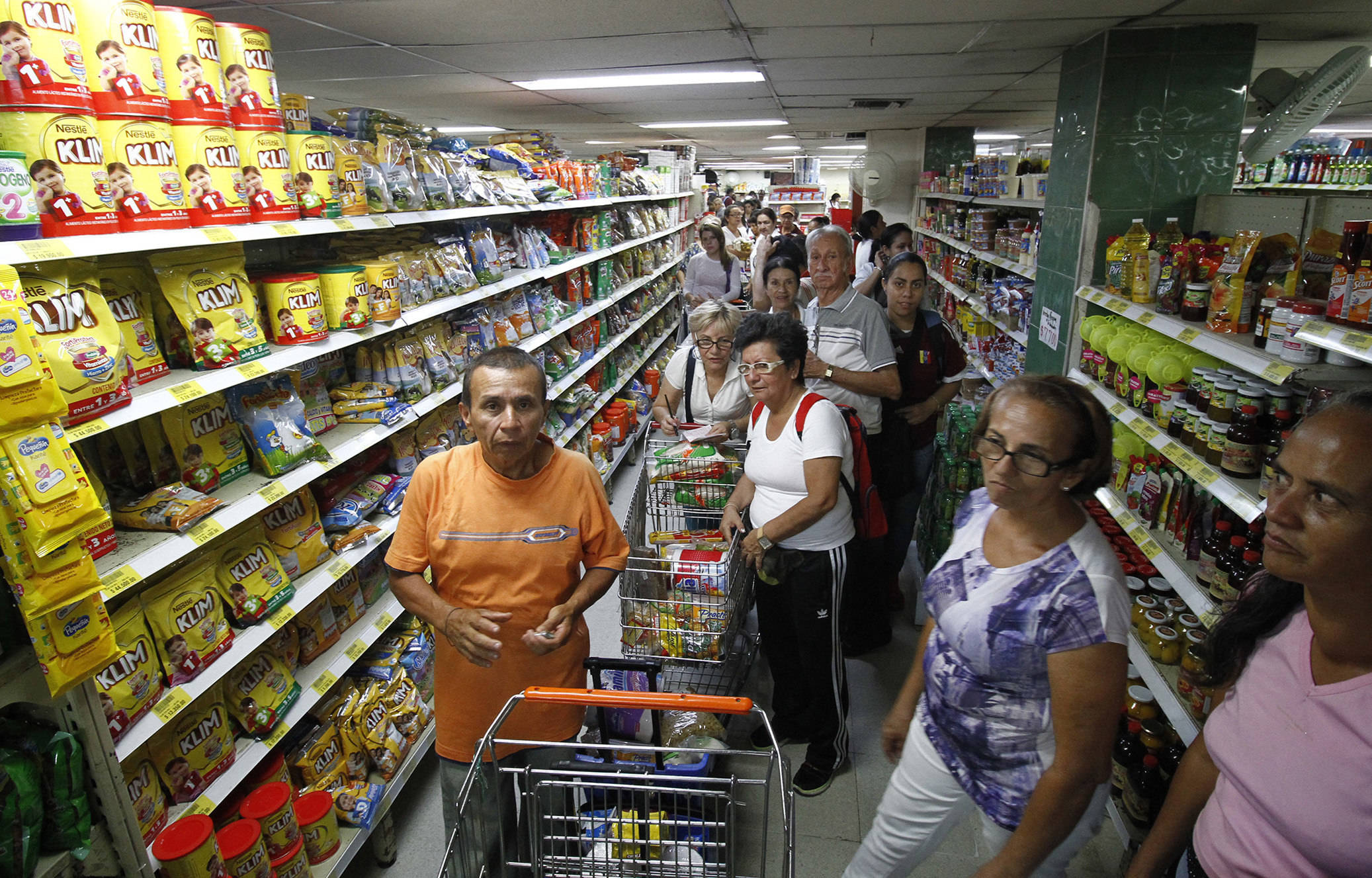The amount of remittances sent by Colombian workers from abroad is close to exceeding the country's oil sales to the world. How much is that?

The funds that thousands of Colombian workers abroad send to their families each month are close to equaling the income the nation receives from oil sales, its main export to the world, according to official statistics as of the close of the first five months of 2025.
By last May, Colombian crude oil sales to the world brought in $5.35 billion, while remittances from Colombian workers abroad totaled nearly $5.324 billion during the same period , a difference of just $32 million.
Data from the Bank of the Republic as of the first half of the year indicate, however, that the country had received nearly $6.409 billion in this same category, 13.9 percent more than the same period last year, an amount previously unseen.
In addition, April also became the month with the highest inflow of remittances to the country on record, with more than $1.097 billion, according to data from the issuing bank.
A recent analysis by Banco de Bogotá's Economic Research (IE) team highlights that the dollars flowing into the country today from transfers from Colombian workers abroad are comparable to those from crude oil sales, but, in addition, coal sales totaled $1.981 billion during this period, below the $2.287 billion recorded for coffee exports.
The same report also highlights that sales of the Colombian agricultural sector abroad ($2.558 billion) and the manufacturing sector ($5.887 billion) also exceeded those of the hydrocarbon sector, making it clear that the non-traditional basket is increasingly gaining ground compared to the traditional basket, especially oil and coal.
"For IE, the fact that the influx of dollars is not concentrated in two sectors, but rather in a large number of branches and/or agents, would be one of the reasons explaining the increased household spending. In particular, the distribution of these dollars has reached more families, strengthening their income and, consequently, their consumption. This is much more evident in the influx of dollars from remittances, coffee sales, and tourism, mainly," the banking institution's analysts explain.

Photo: EFE
In July 2025, Colombian household consumption increased by 2.1% compared to the same month the previous year, reaching $88.2 billion, according to a monthly Gastometría report by the consulting firm Raddar.
The Banco de Bogotá report highlights that in May, exports reached around $4.358 billion, 2.1 percent lower than the figure recorded twelve months earlier, affected by lower external sales of coal (13 percent), ferronickel (45 percent), and oil (25 percent).
The country's overall lower exports were largely contained by higher sales of coffee (61 percent) and the non-traditional basket (11 percent), especially paper (19 percent), chemicals (11 percent), leather (9 percent) and non-monetary gold (8 percent).
Imports While Colombian exports declined in the first five months of the year, imports increased 10.8 percent to $6.135 billion, driven by consumer goods, which grew 20.5 percent annually.
According to IE analysis , the greatest demand from households for goods produced abroad was concentrated in food (25 percent), beverages (45 percent), clothing (27 percent), household utensils (39 percent) , furniture (33 percent), appliances (11 percent) and vehicles (38 percent).
"With a greater flow of income due to increased remittances, coffee exports, tourism, the non-traditional basket of goods, and even labor income, households have managed to weather the contractionary stance of monetary policy and maintain a high level of consumption, both of local and foreign goods," comment analysts at Banco de Bogotá.
They add that it is important to remember that high fiscal deficits are consistent with a broadly expansionary fiscal policy,
This situation provides an additional boost to already strong domestic demand. Demand has grown so much that imports of inputs increased by 7 percent, especially for industry (13 percent), while capital imports increased by 10 percent, with an emphasis on construction (30 percent) and industrial equipment (15 percent).
industry (15 percent).
eltiempo





